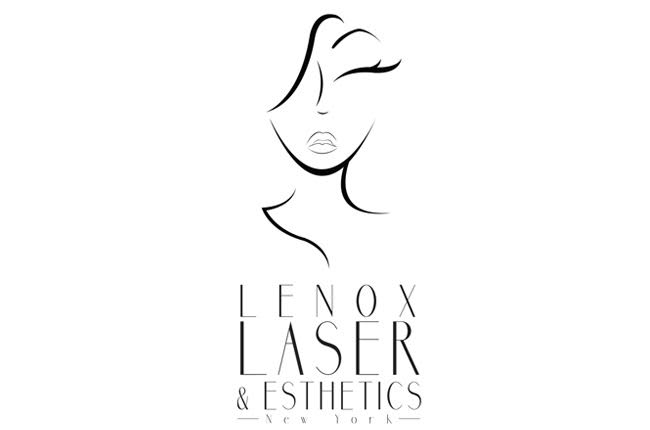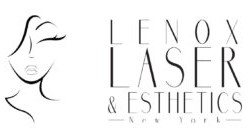Chemical peels improve the texture and appearance of the skin by sloughing off the outer layers of the skin. They are effective facial treatments for improving blemishes, fine lines, wrinkles, and skin tone. During the treatment, a pre-determined quantity of the peel solution is applied to the face, neck, chest, hands, arms, or legs. This solution works by reacting with the upper layer of the skin to efficiently dissolve the bonds that bind surface cells to the skin, ultimately revealing smoother, healthier skin underneath. The follicular action of a chemical far outweighs the effect of an exfoliating scrub or brush. Best of all, chemical peels are appropriate for nearly everyone. It is a matter of knowing which chemical is best for your skin type and concerns.
Your skincare professional will be able to determine the most appropriate peel formulation for your skin type and the most effective post-procedure regimen.
Prices : $89/1 treatment, $199/3 treatments





